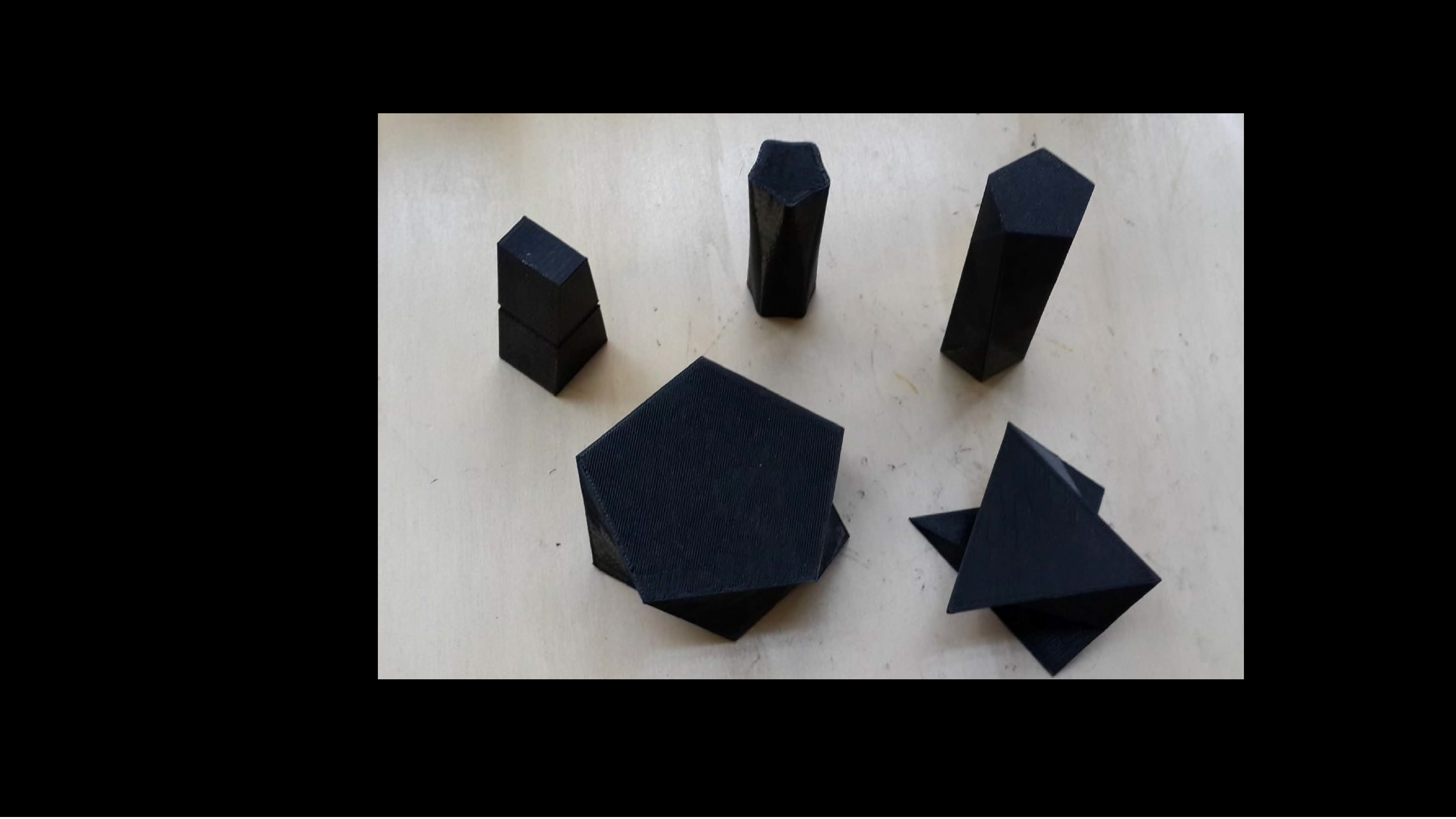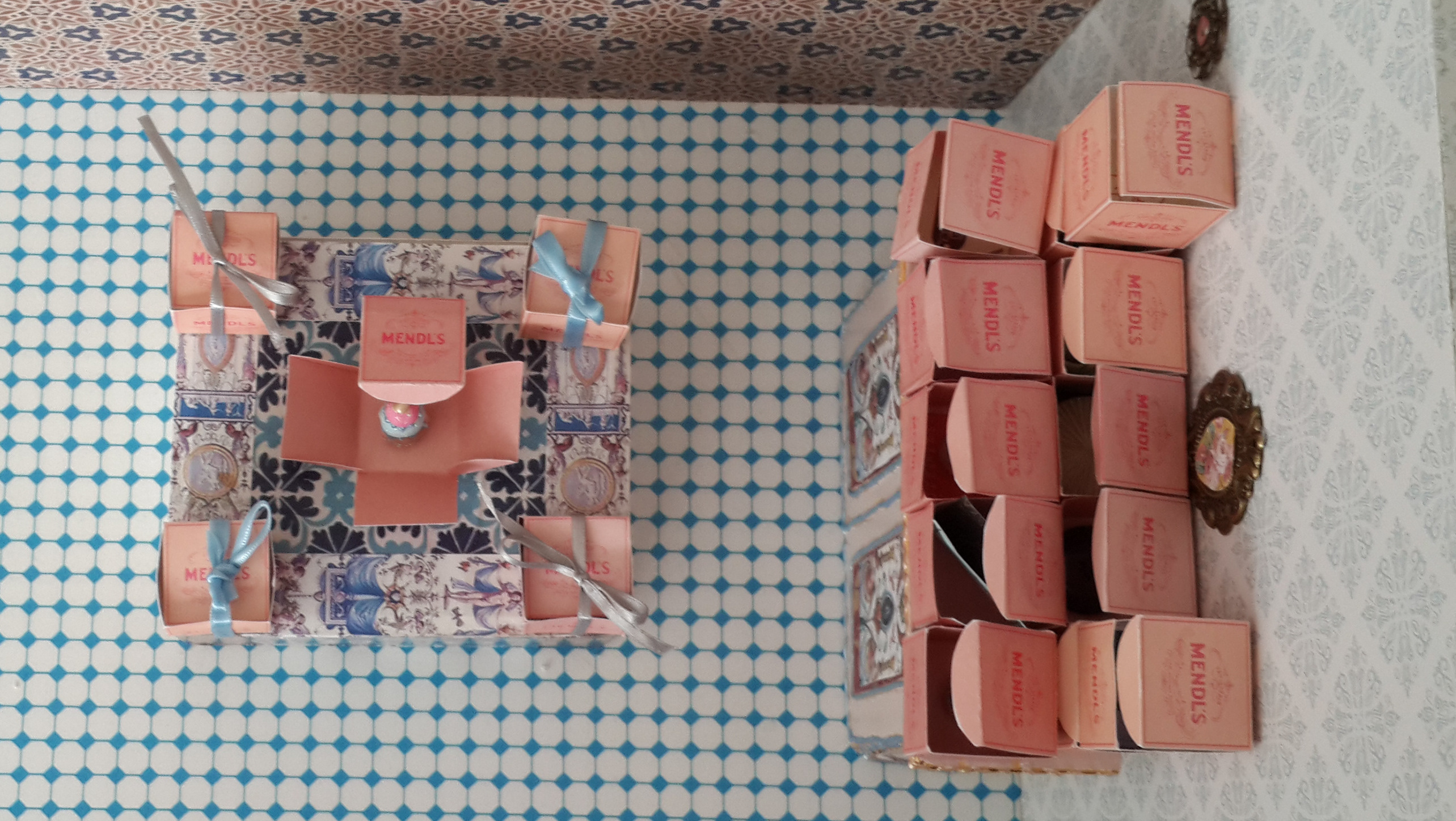I presented my abstract named "Exploring the Role of Environment on Handcrafting: Experimenting with Wool and its More-than-Human Relations" as a part of my PhD project. This presentation was as a part of Developing earthly attachments in terrestrial crises track, in Nordic Geographers Meeting 2022, held in Joensuu, Finland. Link for the conference and the book of abstracts below,
Conference: https://www.ngm2022.fi/sessions/
Abstract,
With the age of the Anthropocene, humans have been misusing resources for their own needs, without considering other-than-human factors. The issues caused by this, such as the climate crisis brings the question of how to deal with these problems in different fields, design being one of them. One of the ways to address these issues is to reconsider more-than-human elements in design processes, from the production techniques and materials used. By reclaiming materials from the nature and reusing traditional production techniques, design can be used as a tool to facilitate the reconfiguration of earthly attachments of humans and nonhumans, and this can lead to redefining design and making practices from non-anthropocentric approaches. Accordingly, this study uses wool as a natural resource from animals, and felting as a production/making technique. It is a part of a research project from the design field that aims to understand wool as a material, by looking at the elements of human, society and geography. For this purpose, it explores the relationship between environment and material through felting, which is a traditional and contemporary production technique used for making felted textiles or objects, by compressing basic fibers (usually wool) with hot water and alkaline. The study of materials within design strongly contributes to understanding of geographical influences. Wool is a known and used resource in Norway, however imported wool is being used in many examples. Therefore, there is still a need to study how local wool can be used in Norway not only from production techniques used in the industry, but also through design and handicrafts. In this study felting is employed in several places: Interior spaces such as workshops and domestic environments; and exterior spaces, such as forests, seaside and in-situ. By documenting these experimentations of my autoethnographic handicraft process, I aim to specify relationships between geography and a craft/ making knowledge with wool, by using more-than-human approaches and traditional knowledge.














